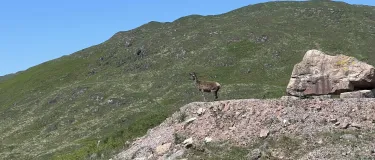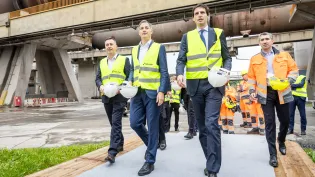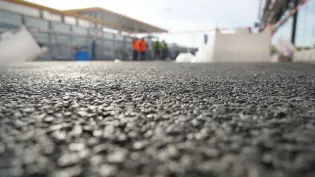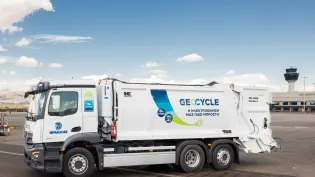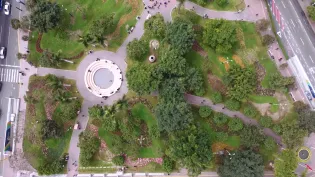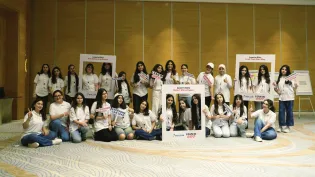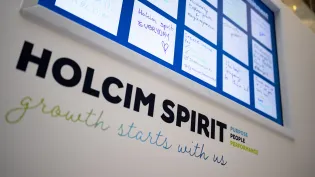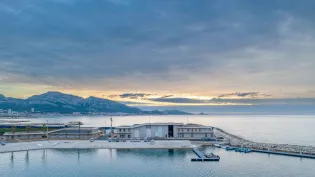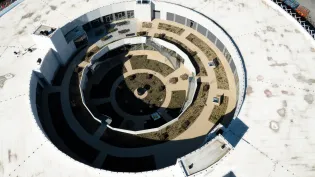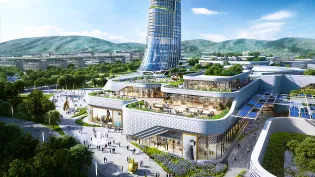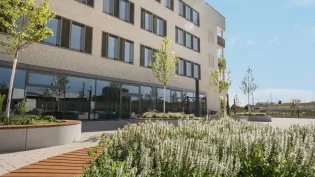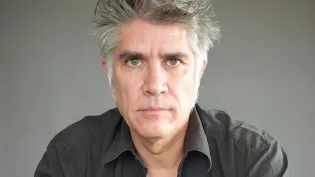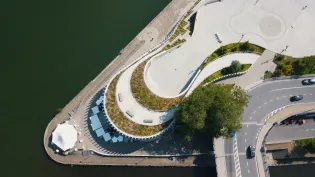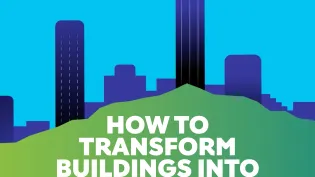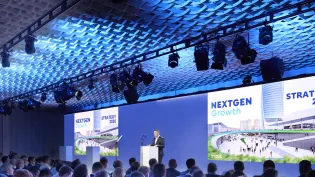The nature of our work at Holcim

RENATA POLLINI
Head of Sustainable Construction & Nature
My work to help build a nature-positive future with Holcim gives me a sense of purpose. To work with nature is to engage with the roots of life – powerful, nurturing, and in urgent need of care.
Whether our teams are reducing water withdrawals at our sites to make our operations more sustainable – in line with our NextGen Growth 2030 strategy – or to help support biodiversity, Holcim is striving to build progress for people and the planet through our work on nature.
From clean water and fertile soil to stable weather and pollination, we all depend on a thriving natural world. Nature is climate’s greatest ally, with the capacity to absorb up to half of our world's carbon emissions every year.
Underpinning life and business
Businesses rely on nature too, and it underpins every aspect of the global economy. According to the World Economic Forum, over half of global GDP – USD 44 trillion – is moderately or highly dependent on nature.
Yet while climate change has become a mainstream corporate issue – think net-zero pledges and carbon accounting – nature-related risks such as biodiversity loss, deforestation, soil degradation, and freshwater scarcity are overlooked by many corporations. This has to change.
Protecting and restoring nature is a responsibility that Holcim takes very seriously, and our work brings benefits including risk reduction, innovation and increased confidence among customers and investors. Simply put, our brands stand for the planet as well as profit.
Business as a force for natural good
At Holcim, we want to lead the nature-positive movement in our industry, taking a measurable, science-driven approach. From our commitment to improve biodiversity and our work to safeguard freshwater resources, to our sustainable building solutions that bring more nature into cities.
Think regenerative urban models, circular supply chains and nature-positive design. This is the future of resilient, forward-thinking businesses – and resilient, forward-thinking cities.
Of course, it isn’t enough to want to change the world, we have a responsibility to act. At Holcim, we’re rethinking our operations to regenerate, not simply reduce harm. Giving more back to nature than we take. And having a positive impact upon ecosystems and communities.
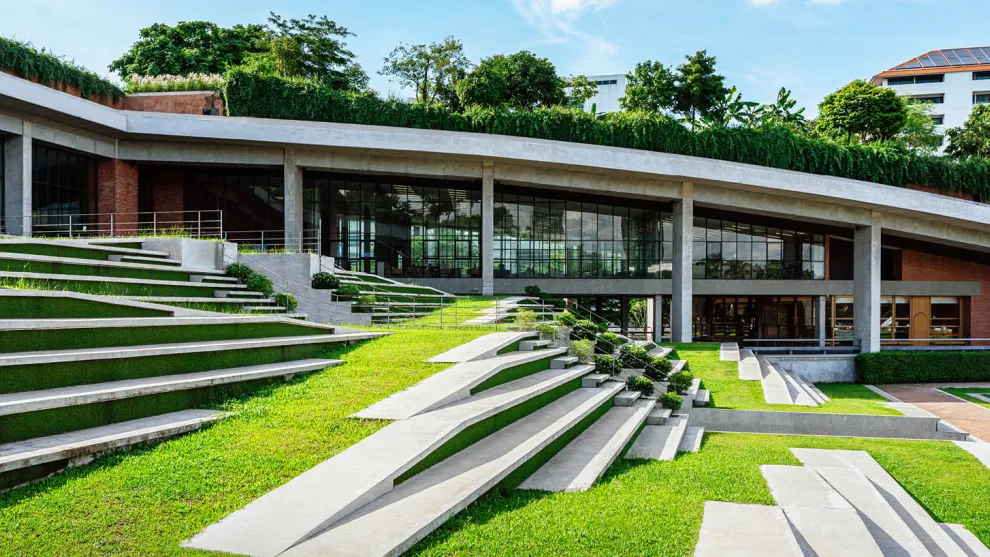
Holcim’s strategy and action
In 2023, Holcim signed a three-year global partnership with IUCN to advance our Nature-Positive Strategy. With this strategy, we were the first company in the construction sector to commit to measurable positive impact on biodiversity with transformative rehabilitation plans.
We are also one the first three companies globally to adopt Science Based Targets Network’s (SBTN) science-based targets for nature. As a first-mover company, Holcim now has a gold standard approach to operationalize action to protect and restore nature across our business.
In recognition of our work, we were selected to pilot the IUCN’s Species Threat Abatement and Restoration (STAR) tool as part of the Nature Positive Initiative pilot. For the first time ever, this is aiming to establish a consensus on credible, practical metrics to measure the state of nature.
And in March 2025, Holcim announced our NextGen Growth 2030 strategy. To build a nature-positive future in line with this, we are reducing in our cement operations our freshwater withdrawal by 33% versus 2020.
Nature is everyone’s business
Holcim is actively involved in nature-positive projects across the world, partnering with local and regional governments, industrial partners, local communities and civil society.
Let me leave you with a few of our project highlights here, and with this thought. We need nature – with all its beauty and wonder – to survive and prosper. Nature is everyone’s business.
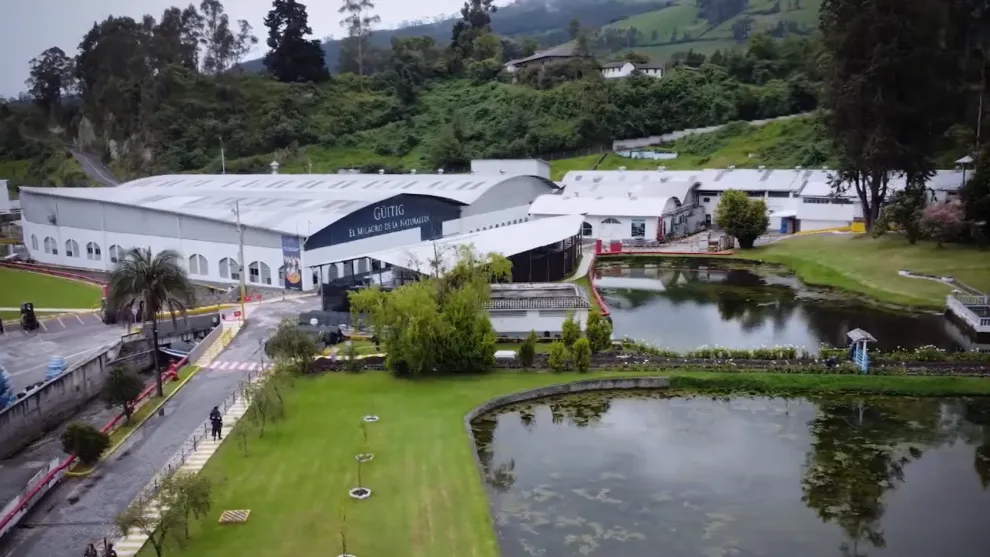
- Moctezuma Basin, Mexico: With SBTN we used granular water data to set a target of 39% reduction of freshwater withdrawals by 2030 in our direct operations.
- Guayaquil, Ecuador: Through an innovative model, waste water from beverage producer Tesalia is treated and reused for concrete production at our San Eduardo plant.
- Kujawy, Poland: We’ve turned our quarry into a reservoir that collects 1.5 million m3 of rainwater each year, then supplies it to the bordering forest to restore biodiversity.
- Zeghad, Algeria: Our local team connected the plant’s water wells to the village center, and built a water fountain for people living in this water-stressed area.
- Glensanda Quarry, Scotland: We planted a 64-hectare native woodland to restore habitats that have been in decline over the last few decades.





